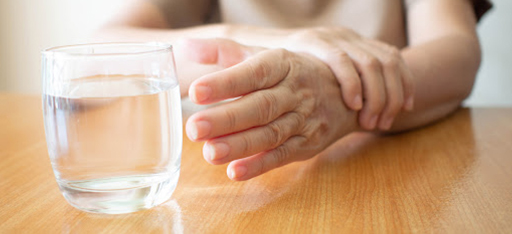Parkinson's Disease
Parkinson's Disease
How Stem Cell Treatment Can Help
People with Parkinson's Disease
Parkinson’s disease is a neurodegenerative disorder that is characterized by poor muscle control. One of the major signs of Parkinson’s disease is trembling of the hands. This is a progressive disease and the condition worsens with age leading to Stem Cells Parkinsonsimpaired balance, stiffness, excessive trembling, slow movements and inability to perform simple tasks such as feeding.
Parkinson’s disease comes with a number of complications and besides the loss of muscle control; the patient may also have difficulty thinking. Dementia is quite common and often occurs in the last stages of the disease. Bladder problems may also be experienced with the disease as well as sexual dysfunction.
Constipation also occurs because the digestion system also slows down. Other complications that may be brought about by Parkinson’s disease include sleep disorder, emotional changes and depression.
This is not a curable disease. Treatment is focused on managing the symptoms and improving the life of the patient. Lifestyle changes are encouraged and doctors recommend exercise to help maintain balance.
Medications may also be prescribed and these are mainly meant to increase dopamine levels in the patient’s brain. There are surgical procedures that could help the patient and one of the most common is deep brain stimulation. This treatment is administered to patients with advanced Parkinson’s disease and can help restore some movement, reduce rigidity and tremors.
It’s great that scientists are aware of the cells and brain areas involved with the disease as this makes it easier for them to treat the disease with stem cells. Stem cell therapy could help replace the lost nerve cells and regenerate new ones. The introduction of young cells could help delay the progression and onset of the disease.
In a recent study published in Stem Cell Reports, Japanese researchers evaluated stem cell therapy on primates. It worked very well as it was injected into the brain and there was no rejection seen of the stem cells. Not only that, the dopamine producing neurons were seen to survive excellently.

